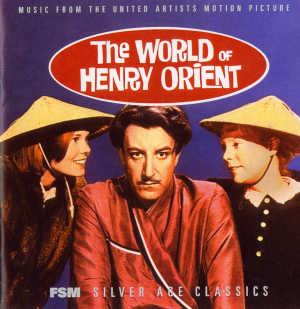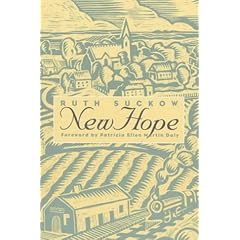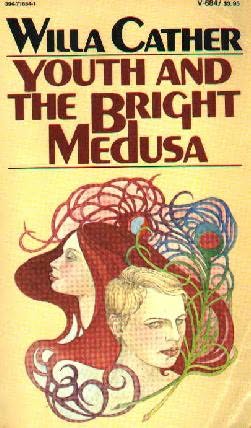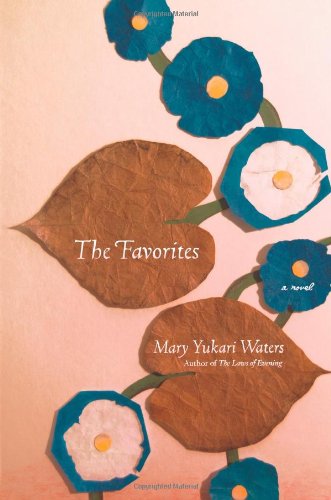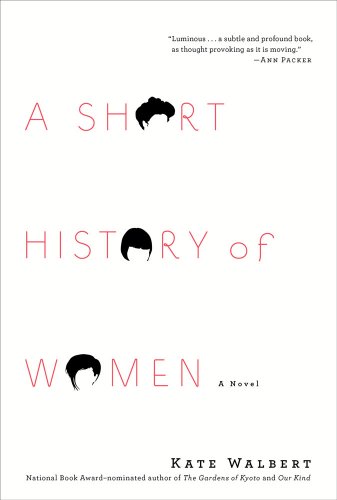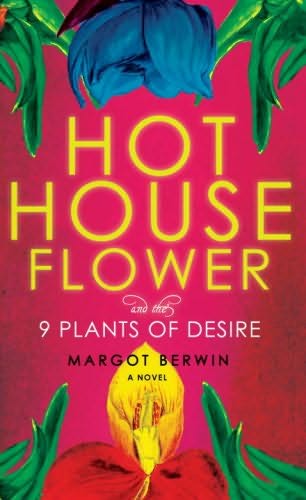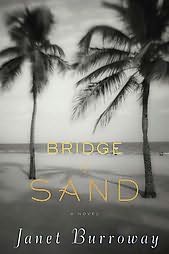
On the recommendation of friends and graduates of writing programs, I finally broke down and read Louis Menand’s “Show or Tell: Should Creative Writing be Taught?” (The New Yorker, June 8 & 15, 2009). This long, evasive essay about the pros and cons of writing programs, inspired by Mark McGurl’s new book The Program Era (Harvard $35), reaches no very dramatic conclusion; I wanted to say: "Come on! Should they be praised or abolished?" Menand outlines a brief history of creative writing programs, describes evolving styles from minimalism to maximalism, and quotes antithetical philosophies of teaching from various programs. The Iowa Writers’ Workshop maintains that “writing cannot be taught but can be encouraged,” while John Barth at the Johns Hopkins Writing Seminars once wrote a long essay for The New York Times Book Review asserting that it definitely can be taught, though “Not even in America can one major in Towering Literary Artistry.”
So where is the controversy? Obviously we’re not talking about fly-by-night colleges but the famous and established. Menand says that the earliest creative writing programs were the Bread Loaf Writers’ Conference at Middlebury, founded in the 1920s, and Iowa Writers’ Workshop, founded in 1936, followed by the Johns Hopkins Seminars and Stanford writing fellowships in 1947. By 1975 there were 15 programs. Today there are 153. Writers earn MFAs in writing and artists in art. What’s the big deal?
As a townie who grew up in a university town known for a creative writing program, I was proud but took the program for granted. Famous writers like John Cheever and Stephen Spender swooped in to give readings: didn’t that happen everywhere? (I didn’t realize until I moved away that it didn’t.) I was more entranced by a group of experimental Workshop graduates and anti-Workshop dissidents who published small journals and encouraged performance art-community-based writing projects. I still marvel at Dr. Alphabet’s poem around the block, written on a huge white roll of paper pasted to buildings around one city block. And then there was Chuck Miller, an anti-academic-workshop former student (perhaps MFA) who wrote beautiful, innovative poetry but preferred to stay under the radar.
Workshop methods have infiltrated every creative writing class in the nation. You write a story or poem - you make enough copies for every member of your class - and then you sit back and listen to the criticism - not allowed to say a word. If you have a good teacher, the criticism is constructive. If you’re in a competitive MFA workshop, I've heard it can get ugly.
There are also private writers’ groups and workshops throughout the country.
Non-degree summer writers’ conferences, not mentioned by Menand, are enormous money-makers for universities: The summer conferences are haunted by would-be writers who in real life are teachers, dancers, doctors, journalists, actors, clerks, waitresses, and every other profession. They submit their work in advance and pay a fee for a nice quiet week’s or two-week’s writing and socializing with people in their workshop. Some end up publishing : Katrina Kittle and Tim Cockey are two I’ve heard of.
Menand ends his essay by saying workshops work. He took a class in college and loved it. He writes:
“I stopped writing poetry after I graduated, and I never published a poem - which places me with the majority of people who have taken a creative writing class. But I’m sure the experience of being caught up in this small and fragile enterprise, contemporary poetry, among other people who were caught up in it, too, affected choices I made in life long after I left college. I wouldn’t trade it for anything.”
Nice save, Menand! But the essay was a waste of time, as far as I'm concerned. I've heard these issues debated all my life, and when it comes right down to it, degrees in writing are no more unusual than in other liberal arts . English, history, languages, drama, music: all condemned as worthless by the philistines and precious to me. Every M.A. program has its twists and scandals: thank God most of us survive.
The photo above is of Marilynne Robinson and Frank Conroy with a class at the Iowa Writers' Workshop.


